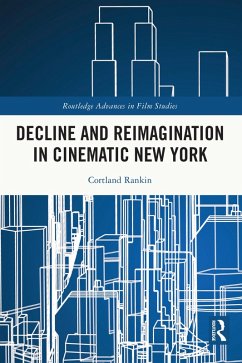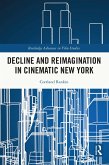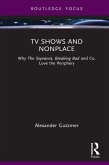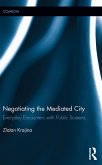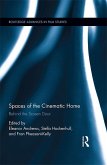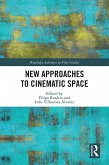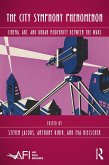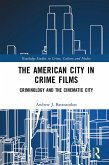Drawing on mainstream, independent, documentary, and experimental films, the book offers a multifaceted account of the power of film to imagine the city's decline and reimagine its potential. The book analyzes how filmmakers mobilized derelict space and various articulations of "nature" as settings and signifiers that decenter traditional understandings of the city to represent New York alternately as a desolate wasteland, a hostile wilderness, a refuge and playground for outcasts, a home to resilient and resourceful communities, a studio for artistic experimentation, an arcadia conducive to alternative social arrangements, and a complex ecosystem.
This book will be of interest to scholars and students of film studies, media studies, urban cinema, urban studies, and eco-cinema.
Dieser Download kann aus rechtlichen Gründen nur mit Rechnungsadresse in A, B, BG, CY, CZ, D, DK, EW, E, FIN, F, GR, HR, H, IRL, I, LT, L, LR, M, NL, PL, P, R, S, SLO, SK ausgeliefert werden.
Robert Gordon Joseph, Historical Journal of Film, Radio and Television
"Decline and Reimagination in Cinematic New York is a fine work of scholarship that does a real service to those interested in the relationship between film and urban space. It deals with classic Hollywood movies and rarely seen works of experimental cinema with equal levels of care, attention, and enthusiasm, and conveys a real respect and affection for the city and all its inhabitants. It is a book that has given me a richer understanding of the varying ways one can look at the city and the importance of fighting for more just, empathetic, and inclusive ways of doing so."
Michael D. Dwyer, International Journal of Communication
"Rankin excels at positioning these parallel narratives of decline and reimagination in conversation with each other. Frontier and urban-cowboy narratives are coupled with filmic accounts of resilient communities; tales of urban wilderness as a loss of control over civilization are countered with movies that collapse the wilderness/civilization dialectic to view the city as its own ecological site; and abandoned sites are depicted as both criminogenic loci and places of refuge. This work will surely interest scholars working in cinema and media studies, cultural geography, and urban studies."
Sophia Abbey, The Velvet Light Trap

